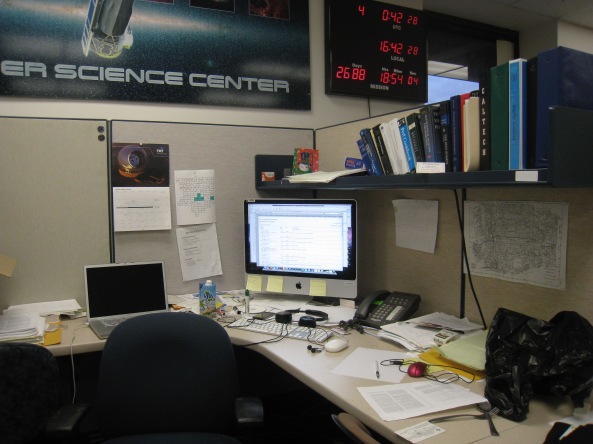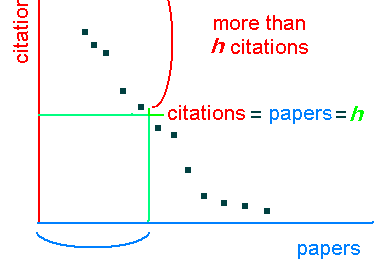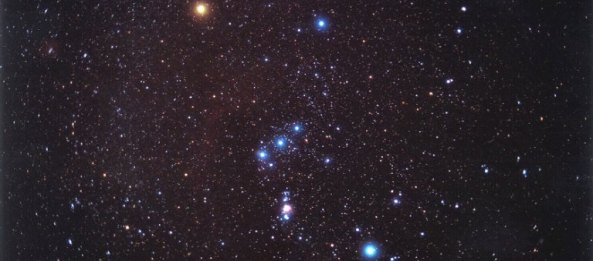In quasar science, the birth of an AGN is a hotly studied topic. That is because of two reasons. For one it takes a violent or turbulent event for the particles in a galaxy to move to its center and make the black hole there active. Think of it this way, it would need something quite radical for the earth to move away from its current orbit and suddenly fall into the sun, even though it has about 99.8% of the Solar System’s mass. Angular momentum conservation is just too hard to break.
The other reason AGN triggering is important is that we think that the active galaxy has a big impact on the rest of the galaxy. We see this by the close correlations between the black hole mass and the host galaxy properties However, by the time we observe the galaxies this close relationship is already established, so studying the birth of AGN might bring us clues to the mechanisms that establish this relationship.
In the 1980’s aided by the great work of the IRAS satellite, David Sanders proposed that quasars are triggered by major mergers between galaxies – that’s what he saw in the ULIRGs (Ultraluminous Infrared Galaxies) with the IRAS satellite. At a certain infrared luminosity all ULIRGs were mergers and nearly all of them contained an active galaxy in their centers (summary work here)

The picture became much more muddled in the 2000s, though. The theorists could explain the formation of elliptical galaxies, their bulges, the close relationship between the black hole mass and the host’s properties, the triggering of the AGN and many more phenomena with ever improving simulations (see Phil Hopkins’ great summary in the picture above).
However, the observational picture showed various results. Optically selected hosts showed no excess of mergers when compared to quiescent (non-AGN) galaxies and only showed about merger signatures in about 30% of the quasars (Dunlop et al. 2003, Guyon et al. 2006). At redshifts below 1 they did see an increase in elliptical host galaxy with luminosity, though. X-ray selected quasars also show no excess in merger fraction when compared to quiescent galaxies either at low or high redshift (Cisternas et al. 2011, Kocevski et al. 2012). At high redshift and high luminosity their host galaxies are disks rather than ellipticals (Schawinski et al. 2012). Our work however has shown that red or infrared selected quasars, DO show a high incidence of mergers (or their signatures) up to moderate redshifts (Canalizo & Stockton 2001, Urrutia et al. 2008). Also, low surface brightness features that could be indicative of past mergers were found in many luminous quasars (Bennert et al. 2008), however, these could also be mergers with satellite galaxies, so not as wild and destructive as expected.
With that in mind, I would like to present Carolin Villforth’s recent paper: “Morphologies of z~0.7 AGN Host Galaxies in CANDELS: No trend of merger incidence with AGN luminosity” posted on astro-ph recently (1401.5477). She takes X-ray selected AGN and not only investigates the merger fraction, but also tries to see if it increases with luminosity when compared to a control sample. For that she uses the very deep data of the CANDELS survey using Hubble’s new camera in the infrared. By the way, if you are interested in CANDELS, its blog is really great and you can learn a lot from it.

Rather than simple visual classification, she used the quantifiable asymmetry index as a tracer for mergers as you can see in the picture. She found no higher incidence of mergers when compared to ellipticals and also didn’t find any increase of merger fraction with luminosity, which leaves us a bit head-scratching, but science isn’t always neat and easily explained. I sat down with Carolin and talked with her about her paper and speculated a bit on her research. Download or take a listen below!







